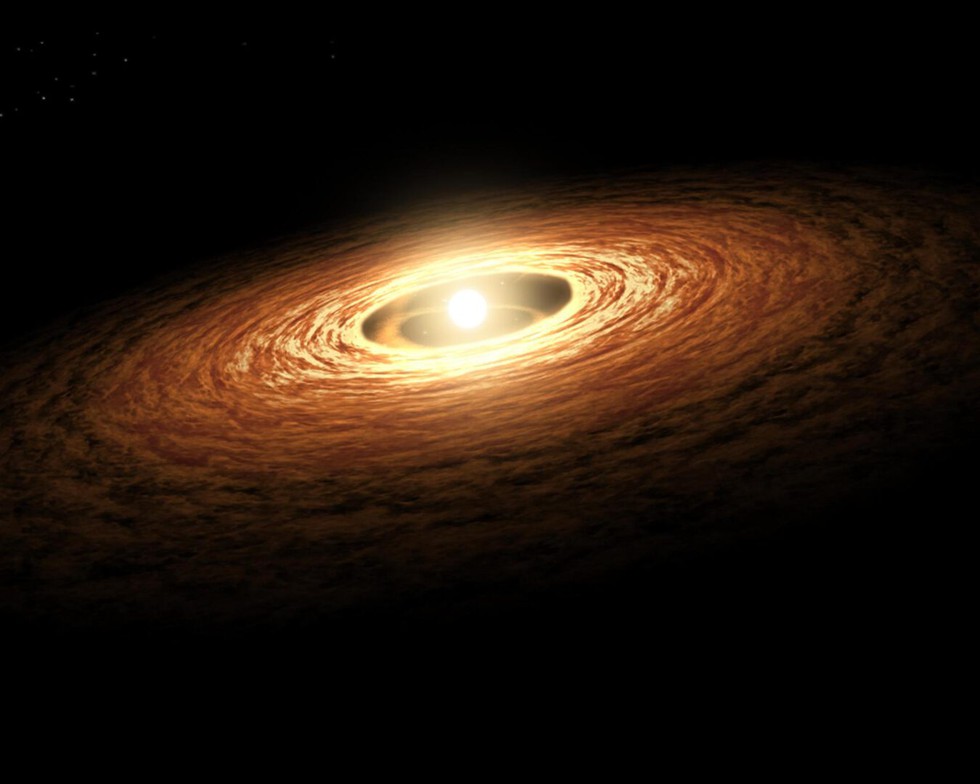About Protoplanetary Disk:
- A protoplanetary disk is a disk of gas (99% by mass) and dust (1%), orbiting a newly formed star, from which planets may eventually form or be in the process of forming.
- Disks are common by-products of star formation, and range in different mass and size.
- How are they formed?
- Stars form from cold interstellar molecular clouds. A molecular cloud is an interstellar cloud of gas and dust in which molecules can form, the most common of which is hydrogen (H2).
- As they collapse into protostars under the force of gravity, the remaining matter forms a spinning disk.
- Eventually, the star stops accreting matter, leaving the disk in orbit around it.
- The leftover gas and dust inside that protoplanetary disk become the ingredients for planet formation.
- Organic molecules present in the original molecular cloud become part of the protoplanetary disk and the planets that form from it.
- The chemical composition of the protoplanetary disk determines the composition of the eventual planets that form from it.
- Protoplanetary disks typically disperse after 2–3 million years through the coalescence of their matter into planets and photoevaporation by the stellar radiation.
